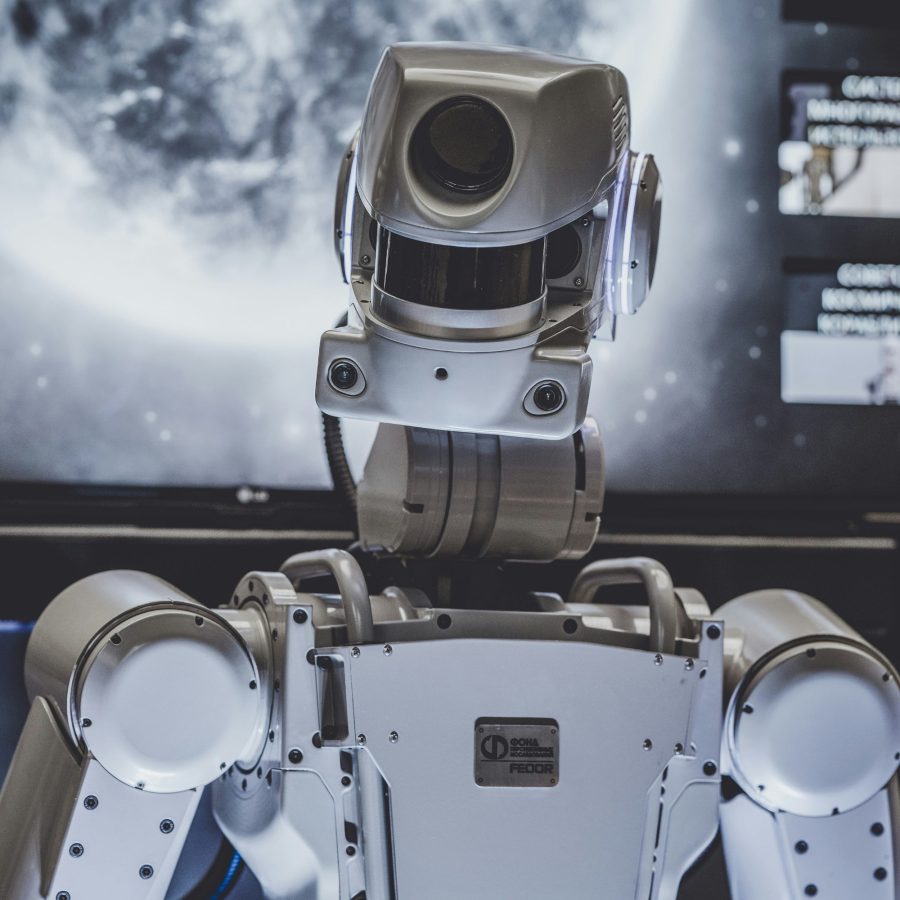Machine learning (ML) might seem like futuristic tech, but its roots go back over 70 years! Let’s see how it started and where it’s going.
1950s: The Birth of Machine Learning
Our story begins in the 1950s with the Turing Test. This is a way to measure a machine’s ability to exhibit human-like intelligence. Meanwhile, one of the first self-learning programmes was created – it was a game of checkers that improved the more it was played.
1960s-1980s
Excitement continued to build in the following decades when, in 1967, the “nearest neighbour” algorithm was developed. This laid the groundwork for basic pattern recognition. Then, the 1980s brought a breakthrough with the invention of backpropagation, a method to train neural networks, which are the backbone of modern ML models.
1990s
As computers became more powerful, the 1990s brought in an era of data. Researchers realised that with enough data, machines could learn more effectively. IBM’s Deep Blue famously defeated the world chess champion in 1997!
2000s-Today
In the 21st century, ML has exploded thanks to big data. Algorithms like support vector machines and deep learning networks began to outperform humans in image recognition, speech recognition, and even in playing complex games like Go.
The Future of Machine Learning: Endless Possibilities
Today, ML is everywhere, from recommendation engines to self-driving cars. As we continue to collect more data and refine our algorithms, the future of ML promises to be more exciting than ever. What’s next? Only time will tell, but one thing’s for sure—ML is here to stay, and you can be a part of it!





